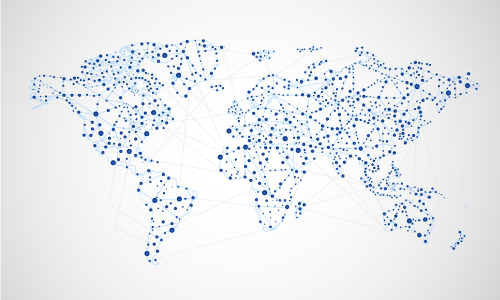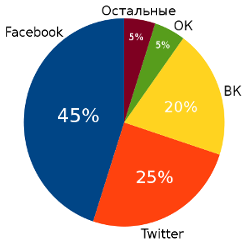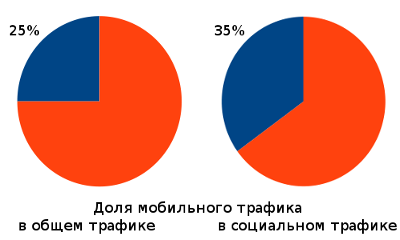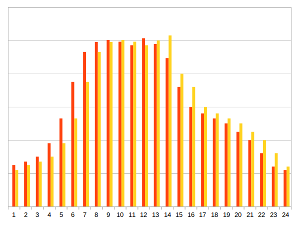The most important thing about social traffic
 The main difference between media projects and ecommerce is that their main product is the traffic itself, not the money it spends on the site. Therefore, instead of increasing conversions and searching for sources with a profitable CTA, content-oriented sites have their own tasks: engaging the audience and natural sources of traffic. I will tell you about one of the most important such sources, as well as its features for online media.
The main difference between media projects and ecommerce is that their main product is the traffic itself, not the money it spends on the site. Therefore, instead of increasing conversions and searching for sources with a profitable CTA, content-oriented sites have their own tasks: engaging the audience and natural sources of traffic. I will tell you about one of the most important such sources, as well as its features for online media.Under the cut you will find some interesting facts, graphics and explanations for them. The data in the article are taken from the sources we measure and are also supplemented with data from the site index.ru .
At the moment, approximately 8% of all traffic we measure comes from social networks . As you might guess, the specificity of sites greatly influences this number. So, for example, the media get about 15% of the traffic from the social. networks, specialized portals - about 3%, and record holders are posters, they have up to 20% of social traffic. For comparison, I can point out that in Western media now this number reaches 26% and is in competition with search traffic.
In some ways, social and direct traffic are two direct opposites: visitors who come to your landing page are people who come to your site in general, and not to any specific material. At the same time, people who came from social. networks, are people who want to read a specific article, and may not know which site they are on. This is a double-edged sword. On the one hand, “social” visitors are more likely to read the material completely. On the other hand, they are the least likely to return to your site, and if they return, they are most likely from the same referring source. So, for example, on average, the share of new visitors (who did not visit the site at least a month before) on the studied sites is 30% -35%, whereas for social traffic this indicator is 40-45%. As for repeated visits in a week, only about 15% visit the site more than once a week. For Twitter, this figure, by the way, is one and a half times lower.
')

Another important difference of social traffic is that it is the source that is easiest to influence. So, for example, to attract visitors to repeat direct visits through the main page is an art. Search traffic (especially for the media) is often dictated by luck and the phases of the moon. But then we can clearly choose which articles and in which social networks to promote. It is for this reason that the shares of different networks in the social traffic of different media differ greatly and depend on the audience and social media. network editorial decided to focus. If we talk about the average temperature in our hospital, Facebook holds the first place with 45% of the traffic, second and third place Twitter with 25% and VK with 20%. Classmates show activity less than 5%, and I suspect that this is the specificity of our sample. Most likely, among our clients there are simply no publications that focus on OK.

Often, by “engaging the audience,” media workers imply social involvement, the number of likes, sheirs, tweets, etc. There is indeed some truth in this, but there is one more thing. We took a sample of articles located on the site so that their length was not less than two screens in height, measured the average depth of their reading by users, and then measured the number of social activities on them. And they received absolutely no correlation. Simply put, social inclusion and the involvement of the readership are two completely independent factors.

Well, in conclusion it is worth mentioning the splitting of traffic by the time of day. On the graph to the right, it is noticeable that social traffic seems to be shifted forward an hour relative to total traffic. Here, apparently, plays a role as the delay between the publication of articles in the social. networks and their further distribution, and the fact that soc. networks are used in the evening more often than average by other sites. By the way, our time schedule doesn’t look like the average timeline of most resources due to the wide distribution of client sites across time zones. Although most of the visitors are from Moscow, users from Vladivostok to Kaliningrad give a noticeable admixture.
As a conclusion, it is worth summarizing that social traffic is a very serious source of new users, gradually catching up with search engine traffic, but additional efforts are needed to turn these new visitors into regular ones: encourage the audience to re-share other materials from the site, as well as attract new visitors to your followers. pages in social. networks.
My new project - Food delivery in Vladivostok .
Source: https://habr.com/ru/post/290960/
All Articles